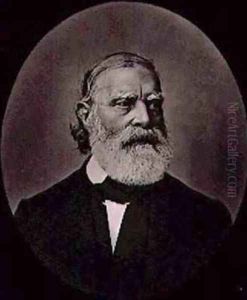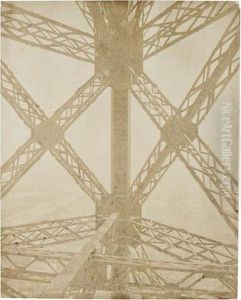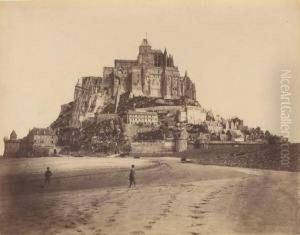Etienne Neurdein Paintings
Etienne Neurdein was a French photographer born in 1832 in Paris, France. He was part of a family deeply involved in photography; his father, Jean Neurdein, was also a photographer, and his brother, Antonin Neurdein, worked in the same field. Etienne, along with his brother, took over their father's photographic studio, which became known as Neurdein Frères.
The Neurdein studio became famous for its architectural and landscape photographs. Etienne was particularly recognized for his work documenting historical monuments, locations, and artworks across France. His photographs served as both a visual record of French heritage and a means for people to see places they might never visit. This was especially significant in the pre-internet and television era, where photographs were one of the few ways to visually explore distant locations.
Etienne was also known for producing stereo views, a type of early 3D photography that was popular in the late 19th and early 20th centuries. Viewing these stereo images through a special device called a stereoscope would give the illusion of depth and three-dimensionality. Neurdein's studio produced a vast array of these images, which were collected and enjoyed by people across the world.
In addition to his work in landscape and architectural photography, Etienne Neurdein was also involved in portrait photography. He photographed many important figures of his time, contributing to the documentation of French social history.
Etienne Neurdein's contribution to photography extended beyond just taking pictures. He and his brother played a significant role in the early distribution of photographic images. They produced and sold prints, albums, postcards, and stereoviews, which helped to disseminate photographic images widely. Their work is an important part of the history of photography, particularly in the context of the dissemination of visual culture.
Etienne Neurdein passed away in 1918. His photographs remain a valuable historical resource, offering insight into the past and preserving the cultural heritage of France for future generations. The body of work left by Etienne and his brother remains significant, and original prints of their photographs are still sought after by collectors and institutions interested in the history of photography and French culture.


